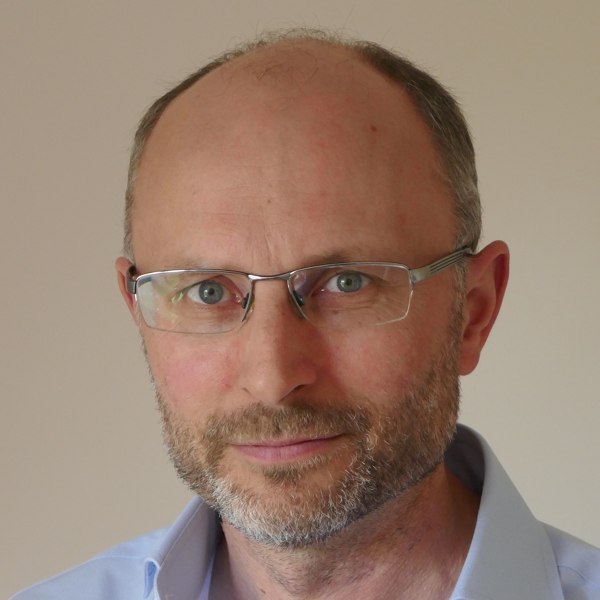What I do
My group uses prior physical knowledge to extract maximum information from data.
John von Neumann is quoted as saying “with four parameters I can fit an elephant and with five I can make him wiggle his trunk.” This is often (mis)-interpreted to mean that physics-based models should contain only a few parameters.
Today, however, scientists frequently use neural networks with millions of parameters containing no physics at all. What might von Neumann have said? One side argues that modelling is unnecessary because the physics is already embedded in the data. The other side argues that scientists have high quality prior knowledge such as conservation laws and values of physical quantities, so it is absurd to learn these again from data.
What do you think? This is what we investigate. Click on the links above to read more about my group's research projects.













